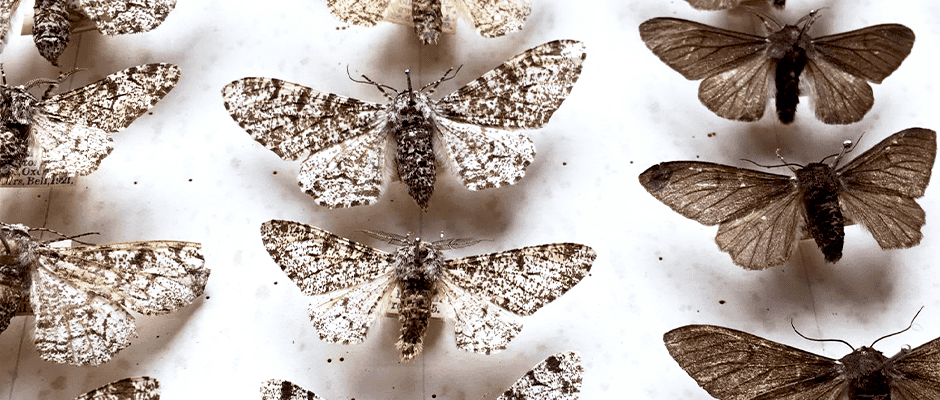Share this article
Scientist confirm textbook ‘Darwin’s moth’ lesson
The peppered moth (Biston betularia) became a textbook example of evolution in action. Known as “Darwin’s moth,” in its pale form it is camouflaged against lichen growing on tree bark. When Industrial Revolution pollution killed the lichen and replaced it with soot, a darker- moth emerged, only to be replaced with a paler peppered moth when clean air legislation brought the lichen back. But is the changing wing color really helping the moths survive? How well does the camouflage work? Pretty well, University of Exeter biologists found. “We provide strong direct evidence that the frequency of the peppered moth forms stems from differences in camouflage and avian predation, providing key support for this iconic example of natural selection,” Martin Stevens, of the Centre for Ecology and Conservation, told Science Daily.
For more, read the story in Science Daily, or read the paper in Communications Biology.
Header Image: The peppered moth’s wings have changed colors over the decades alongside changes in pollution levels and tree lichen. ©Olivia Walton








